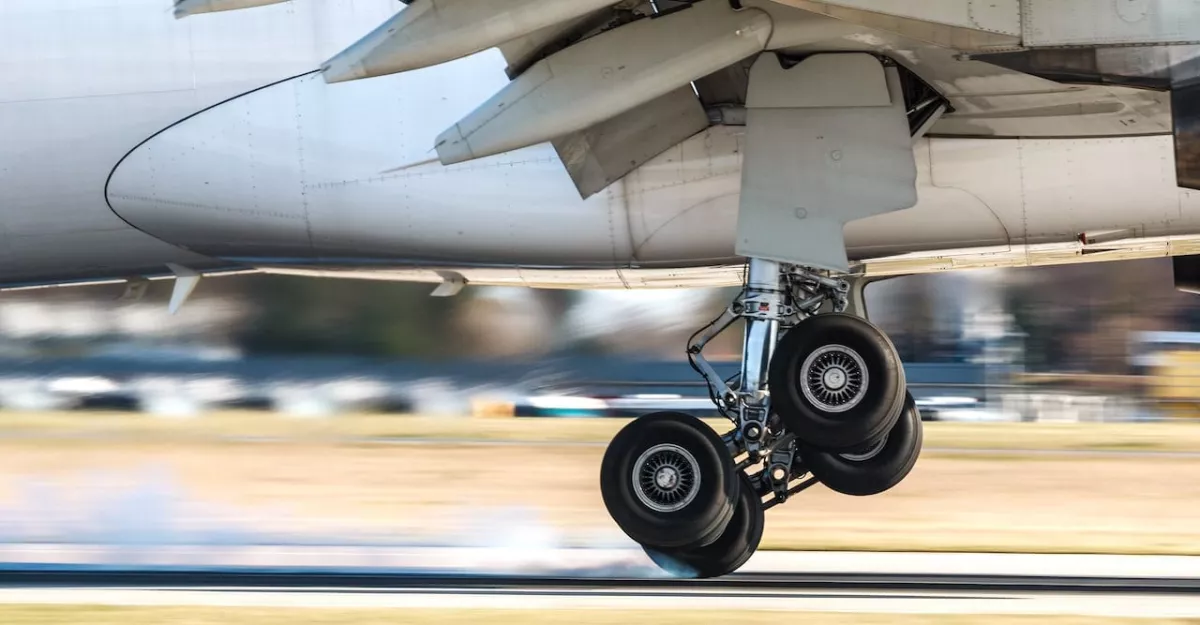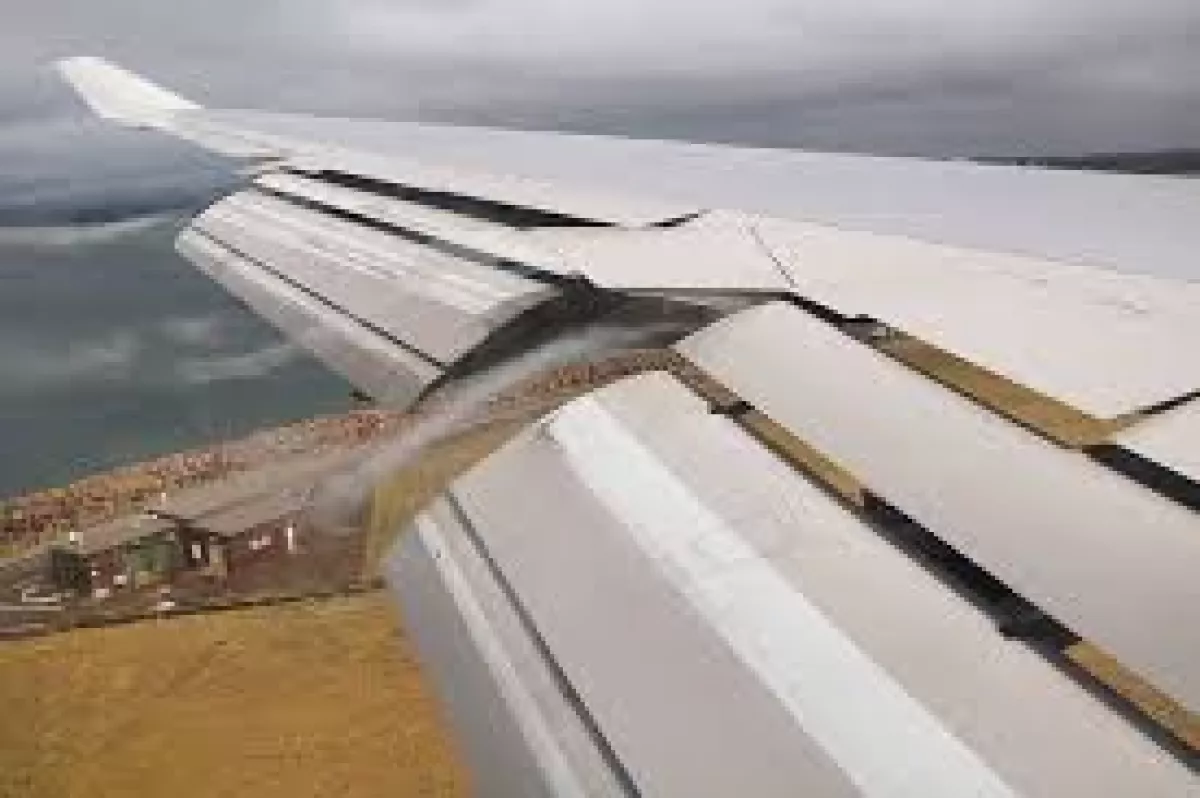Aviation expert dives into potential causes behind mysterious Air India flight disaster
Less than 40 seconds. That’s how long Air India Flight 171 was airborne before crashing into a densely populated neighbourhood in Ahmedabad, in what is being described as one of India’s most baffling aviation disasters in recent memory that killed all but one flight passenger and dozens of more people near the impact site on the ground.
Captain Kishore Chinta, a former investigator with India’s Aircraft Accident Investigation Bureau (AAIB), calls it “the rarest of the rare” – a controlled flight into terrain just 30 seconds after takeoff. “To my knowledge, nothing quite like this has ever happened,” he told the BBC.
The London Gatwick-bound Boeing 787 Dreamliner lifted off with 242 people and nearly 100 tonnes of fuel. Moments later, a mayday call came from the cockpit. In the absence of clear answers, investigators now face the complex task of examining the wreckage and analyzing data from the aircraft’s cockpit voice recorder and flight data recorder to piece together the final seconds of the flight.
Among the possibilities under consideration: Did both engines fail due to bird strikes or fuel contamination? Were the flaps retracted too soon, reducing lift during a critical climb phase? Was there a maintenance error or an inadvertent crew action that cut off fuel supply?
Aviation crash investigations use triangulation—matching physical wreckage with flight performance data—to eliminate improbable causes and reconstruct what went wrong. Though public speculation is mounting, experts urge restraint. Ali Elham, an aviation design specialist writing for The Conversation examined several potential flight scenarios currently being discussed and what they might imply for aircraft design and safety.
Loss of engine thrust
Modern commercial aircraft are certified to take off and continue flying safely with one engine out. This requirement, particularly for twin-engine jets like the Boeing 787, is standard. However, the loss of both engines at low altitude is an extremely dire situation.
There have been rare precedents. In 2001, Air Transat Flight 236, an Airbus A330, lost both engines over the Atlantic due to a fuel leak, yet managed to glide about 120 km to a safe landing. This was possible because the aircraft had sufficient altitude and speed when the engines failed.
But takeoff and landing phases are far less forgiving. At low speeds and altitudes, there’s little time or vertical space to respond. For instance, US Airways Flight 1549 famously lost both engines to bird strikes shortly after departing New York’s LaGuardia Airport in 2009. The Airbus A320 was too low to return to the airport, prompting its pilots to ditch safely in the Hudson River—earning it the name “Miracle on the Hudson.”
These examples underscore how engine failure outcomes are highly dependent on altitude, speed, crew response, and aircraft design robustness.
Landing gear not retracted
Normally, aircraft retract their landing gear shortly after takeoff to reduce drag and improve climb performance. While planes are designed to remain controllable even if the gear fails to retract, doing so imposes aerodynamic penalties.
If the landing gear remains extended and is combined with engine thrust loss, the aircraft’s glide performance degrades severely. Extra drag can accelerate descent rates and reduce the distance the aircraft can travel before hitting the ground—especially dangerous when altitude is already minimal.

Flaps retracted prematurely
Flaps increase lift during takeoff and landing by altering the shape of the wing. They allow aircraft to fly at lower speeds without stalling. But they also generate drag, so they are typically retracted gradually as the aircraft accelerates during climb-out.
If flaps are retracted too early—before the aircraft reaches safe climb speed—it can lead to an abrupt loss of lift, increasing the risk of stall or insufficient climb performance. If this occurs alongside engine issues or with landing gear extended, it can quickly overwhelm the aircraft’s ability to remain airborne.

A broader safety concern for Boeing planes?
More than 1,100 Boeing 787s have been in service worldwide since 2011. Investigators must now determine whether the Air India crash was a one-off or symptomatic of a broader systemic problem.
“If it points to a system problem, then the regulatory bodies have to make some tough decisions very quickly,” said Peter Goelz, former managing director of the US National Transportation Safety Board (NTSB), speaking with the BBC.
So far, no specific fault has been attributed to any individual or system. India’s civil aviation ministry said on June 17 that recent inspections of Air India’s 787 fleet—24 of 33 aircraft checked—have not revealed any major safety concerns. The ministry emphasized that the aircraft and maintenance systems remain compliant with current standards.
Indian investigators will lead the effort to decode the recovered black boxes at the AAIB lab in Delhi, joined by experts from Boeing, engine-maker GE, Air India, Indian regulators, as well as international representatives from the NTSB and the UK.
Why investigation’s findings will matter
Aviation safety is built on learning from past failures. Each investigation—particularly when fatal—has historically contributed to safer skies. From design improvements to maintenance protocols and pilot training, lessons from past accidents have driven the evolution of modern aviation.
The recovery of both the flight data and cockpit voice recorders gives hope that investigators will eventually identify the root cause of this catastrophic crash.
Whatever the final conclusion—whether technical fault, human error, or a combination—the aviation expert is convinced this tragedy will offer crucial insights. Each new incident brings into focus areas where technology, regulation, or procedure can be improved to prevent future loss of life and make aviation even safer.
By Nazrin Sadigova








